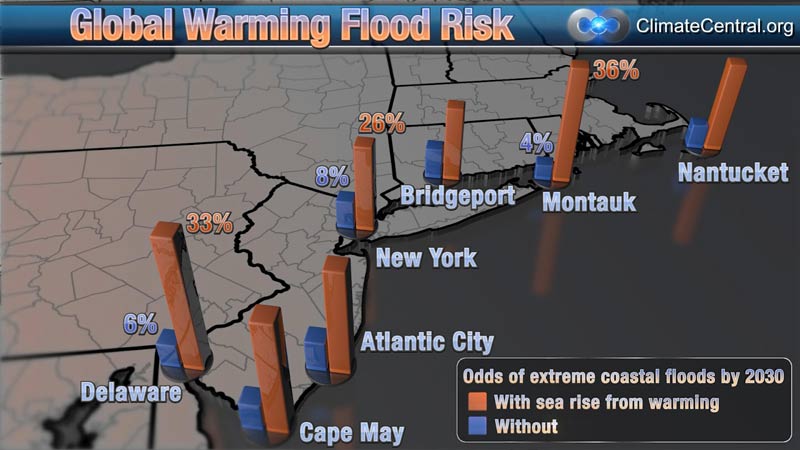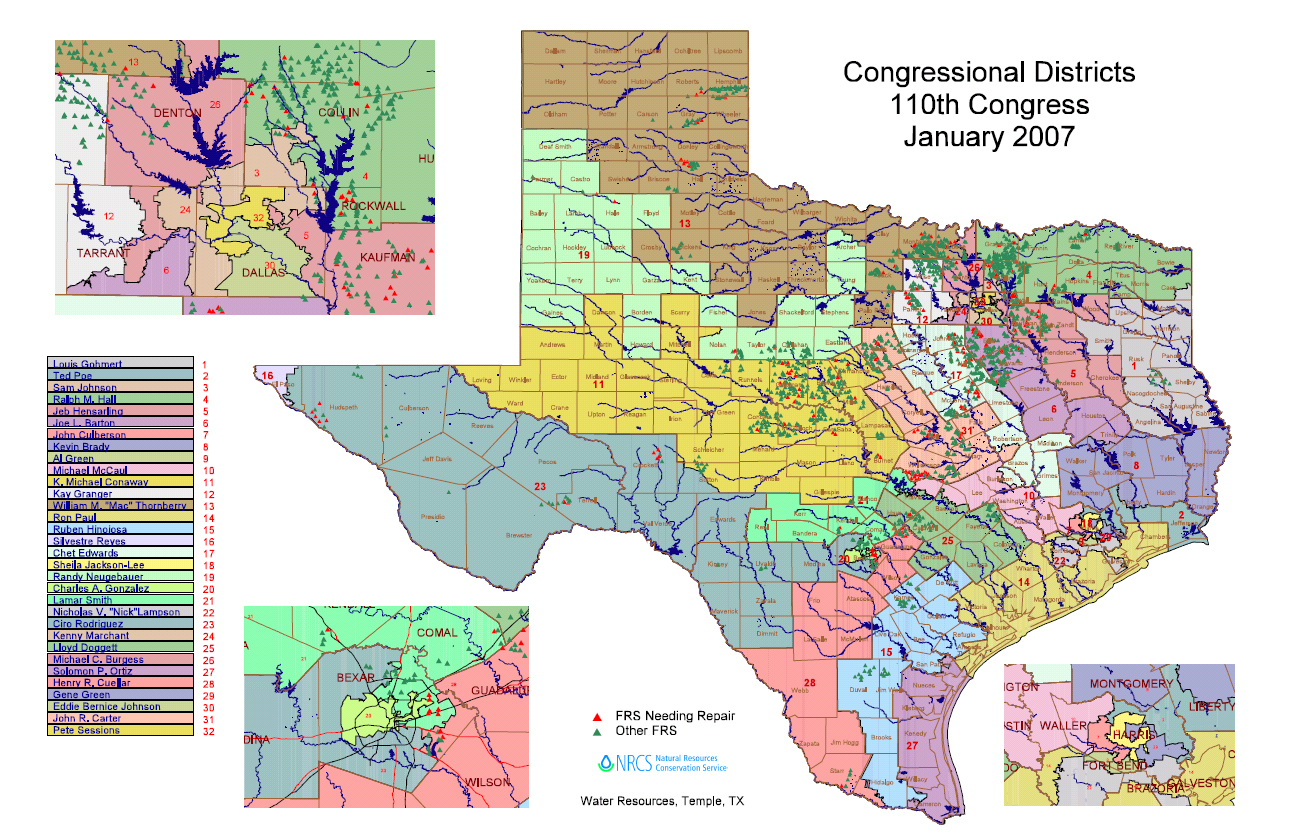
And they recommend flood insurance even if a property is near a flood zone. Local, state and federal officials universally recommend flood insurance if a home is in a flood zone regardless of whether a homeowner is required to have it. Such properties essentially are unprotected financially if a disaster were to occur. Several owners said they had no intention of buying insurance, including many with shoreline homes that are non-primary residences, which are ineligible for disaster assistance. A large portion of such homes, officials said, have never been insured for flood, and many remain built to old codes that make them far more vulnerable in storms. They could also face fines.Īnother problem officials point to is the many, many old seaside homes that have been in families for generations and have long since paid off mortgages, if they ever had them. If they are newly required to have flood insurance and don’t buy it, their lender will do it and add it to their bills. They’re not sure how it affects them.”īut many property owners contacted remained unaware of the changes. “It can be confusing, People don’t understand it. “We’ve taken the initiative and started a website early in the spring to get the word out to our residents,” said zoning enforcement officer Christina Costa. In Old Saybrook, officials have been proactive with elaborate online interactive mapping that shows owners exactly what the changes will be. Preliminary maps have been available for some time through town and city halls. In this case you’re not going to be doing yourself any service by doing that.” “Many people want to fight the map to some degree and build to the lower standard. “It would probably be wise for residents to go to town hall, look at these maps, see if there are changes for their area and to make wise building changes if you are going to be rebuilding your home,” Ifkovic said. This could result in significantly lower rates. One solution - especially useful for those facing rebuilding after Sandy or Irene - is to build to more stringent standards than the minimum FEMA requirements. “Five thousand a year for me, I wouldn’t live here,” he said. And he worried openly that without grandfathering, he could end up like a friend who pays $5,000 a year for insurance. “I think it’s going to triple,” he said of his current rate. But it’s not clear in the flood insurance overhaul legislation whether such grandfathering will continue. Under old flood insurance rules, he could be grandfathered in at a non-flood zone rate even after the home moves into a flood zone in two months. He purchased it a couple of weeks ago for a reasonable $458 a year because technically he’s not in a flood zone - yet. He has a home equity line of credit, so his bank told him he would be required to carry flood insurance. “We read it, and I don’t know how some people are going to be able to afford these things.”įor Bob Raffalo, it’s mostly uncertainty at the moment. “For some people it’s going to jump astronomically,” said Diane Ifkovic of the state’s Department of Energy and Environmental Protection where she is the National Flood Insurance Program coordinator.

1, they begin to eliminate many of the subsidies available for older homes.
#Flood zone map connecticut plus#
The flood insurance program changes also mean generally higher rates and steeper increases plus beginning Jan. That’s because homes in flood zones, if they have any government-backed loan such as a mortgage or a home equity loan or line of credit, are required to have flood insurance, which of course is more expensive for homes in flood zones. But when the two are combined, it could mean considerable, if not prohibitively costly, changes for the state’s shoreline property owners. It was designed to shore up the program’s finances. The mapping also has nothing to do with the massive overhaul to the National Flood Insurance Program signed into law by President Obama last summer. And we have computers that can handle it. Army Corps of Engineers has buoys all along coastlines to tell what kinds of surges come in.

“Based on studying the effects of storms the last 15, 20 years, we have a much better understanding of storm surge and wave action and how they interact with land masses,” said David Mendelsohn, the outreach coordinator in FEMA’s New England region, who noted the current data is about 30 years old.
#Flood zone map connecticut update#
This particular update was authorized for fiscal year 2009 to take advantage of improved technology that provides more accurate and detailed information about topography and elevation, and better analysis. Nevertheless, he will soon be in a flood zone.įEMA’s map modernization began in 2003, two years before Hurricane Katrina.

Bob Raffalo of Old Saybrook stands in front of his home along Knollwood Beach above, and below on the wall that has protected it from every major storm since Hurricane Gloria.


 0 kommentar(er)
0 kommentar(er)
